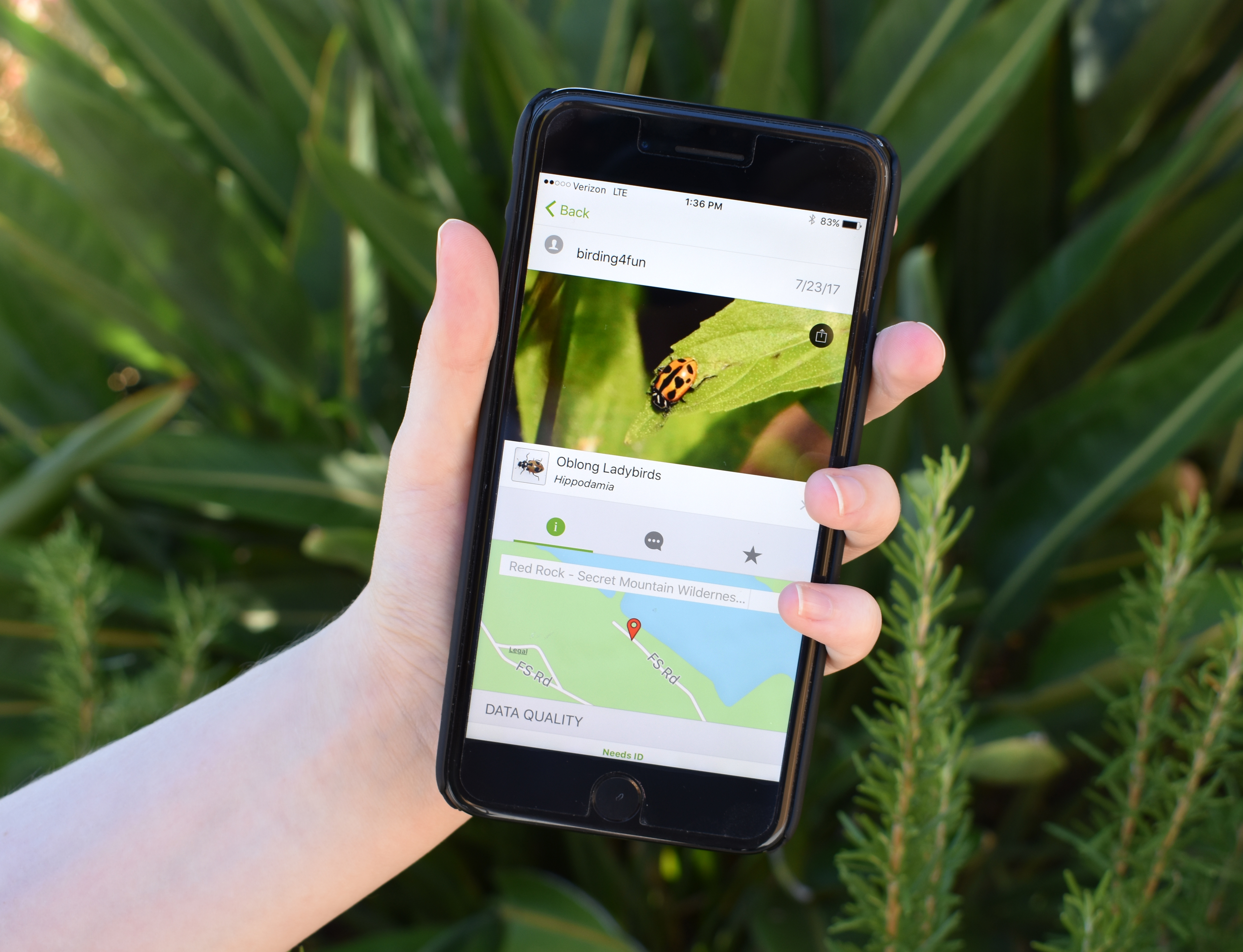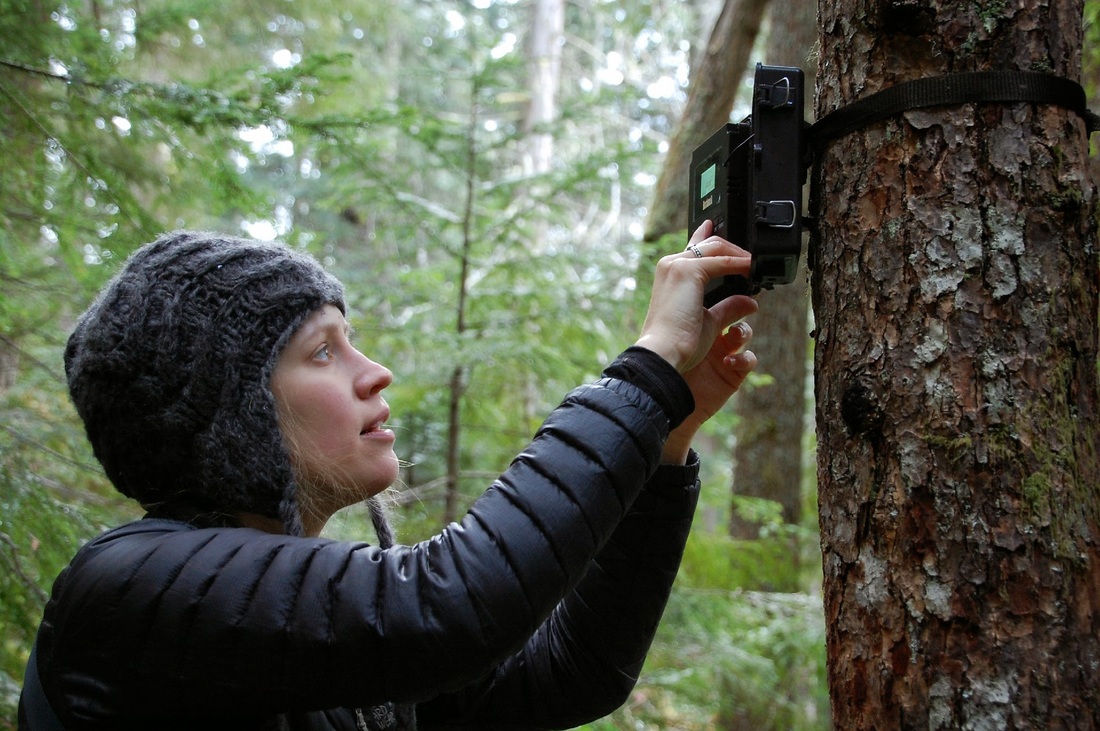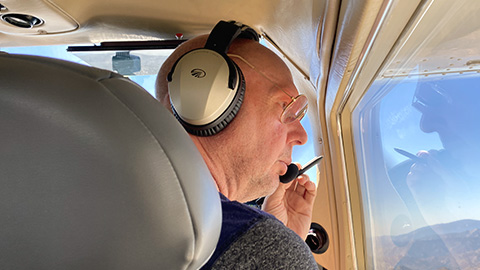Did you know? Over 80% of the U.S. population live in cities or metropolitan areas, making urban trees more important than ever. Trees bring many benefits to human health—they filter air pollution, release oxygen, reduce mental stress, and absorb rainwater and noise. Trees in cities connect rural forests and parks to the urban landscape, creating habitat linkages for wildlife species like migratory birds. These are some of the many reasons the U.S. Forest Service supports trees in urban areas, and why the City of New York has been recruiting residents to count its trees for decades.
With the goal of enhancing and restoring urban forests, the New York City Department of Parks and Recreation created TreesCount!, a massive effort to map every tree lining the streets of New York City. Crowds of volunteers have stepped in to help every 10 years since 1995, with the U.S. Forest Service Northern Research Station joining them in the most recent census of 2015-16.
 That census had the highest turn out yet, with well over 2,000 residents—double the number from 2005. Volunteers recorded the species, health, size, and location of each tree over approximately one year in two seasons, with a small crew even counting trees in the winter.
That census had the highest turn out yet, with well over 2,000 residents—double the number from 2005. Volunteers recorded the species, health, size, and location of each tree over approximately one year in two seasons, with a small crew even counting trees in the winter.
After many hours spent and miles walked, citizen scientists counted a total of 666,134 street trees in the city. This means that if all of New York City’s street trees were growing in an open landscape, they would fill approximately 2,000 acres, or an area 2½ times the size of Central Park.
Knowing the number and condition of street trees can help the city replace dead ones and predict air quality improvements over time. The data collected in 2015-16 was also used to launch an online, interactive map that publicly displays the species, size, and ecological benefits of every individual tree in the city.
How is the Forest Service Involved?
Data collected by volunteers helped to determine the monetary benefit of trees as well. After feeding the numbers into the Forest Service's iTree software, it was estimated that street trees confer $151.2 million in benefits to New York City, information that helps the city manage their budget and meet their goal of caring for one million trees. In 2015, they reached that goal.
The Forest Service also used the volunteers’ reports to investigate the quality of data in street tree surveys.
“Different kinds of citizen science have different kinds of data quality issues, and it’s important to acknowledge what the needs of the project are and use that to decide whether citizen scientists are right for this project,” said Lara Roman, Forest Service Research Ecologist.
Roman took the volunteers’ data and compared it to measurements collected by experts. She found that volunteers were approximately 90% consistent with experts when identifying the tree’s genus and 99.8% consistent when determining if the tree was dead or alive, making these excellent variables for citizen scientists to measure.
 Identifying species was harder for volunteers at 84.8% consistency, and crown transparency and wood condition had the poorest performances. Roman suggests removing crown transparency and wood condition as variables for citizen scientists, and providing them with more resources for species identification. The details can be found in the publication, Data quality in citizen science urban tree inventories (Urban Forestry and Urban Greening 22, 2017). Understanding volunteer data quality is an important topic in urban forest management, and several more studies about this topic will be forthcoming in a special issue of the journal Arboriculture & Urban Forestry.
Identifying species was harder for volunteers at 84.8% consistency, and crown transparency and wood condition had the poorest performances. Roman suggests removing crown transparency and wood condition as variables for citizen scientists, and providing them with more resources for species identification. The details can be found in the publication, Data quality in citizen science urban tree inventories (Urban Forestry and Urban Greening 22, 2017). Understanding volunteer data quality is an important topic in urban forest management, and several more studies about this topic will be forthcoming in a special issue of the journal Arboriculture & Urban Forestry.
Meanwhile, Forest Service social scientists like Michelle Johnson, Lindsay Campbell and Erika Svendsen were studying the volunteers’ motivations, demographics, and experiences by conducting surveys and follow-up interviews with these participants. The team's paper is available in Treesearch, titled, Why count trees: assessing volunteer motivations in participating in New York City's 2015 street tree census.
“We wanted to understand more about those volunteers,” said Campbell. “Who they are, why they showed up, how they heard about the campaign, and what they learned by participating.”
“The better we understand the composition of who’s engaged and who’s not, the better we can serve those members of the public—we can craft messages and recruitment strategies that could be more effective in engaging more people,” she said.
From their research, volunteers—who were more often older, white, and female—were motivated by their desire for learning, wanting to help their community, enjoyment, and other incentives like music tickets. NYC Parks developed an innovative collaboration with a music festival to provide free tickets to TreesCount! volunteers to attract a younger and more diverse volunteer base.
Volunteers reported using the project as an opportunity to explore parts of the city they hadn’t before, or to feel more connected to their home neighborhoods.
“A lot of people participated in mapping parties,” said Campbell. “They talked about meeting strangers and enjoying connecting with new people. So that was really interesting to think about—that this project is for science and management, but can also be a social event, a learning experience, and an exploration.”
You can find out more about TreesCount! at the NYC Parks website, and learn about urban forests and human health at https://www.nrs.fs.usda.gov/units/urban/focus/forest_health_structure/.




